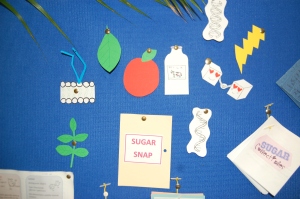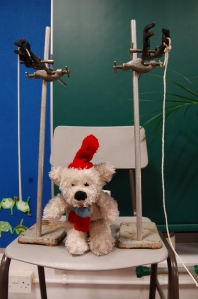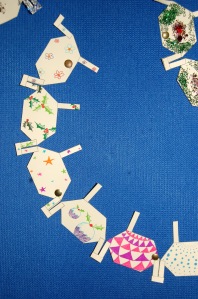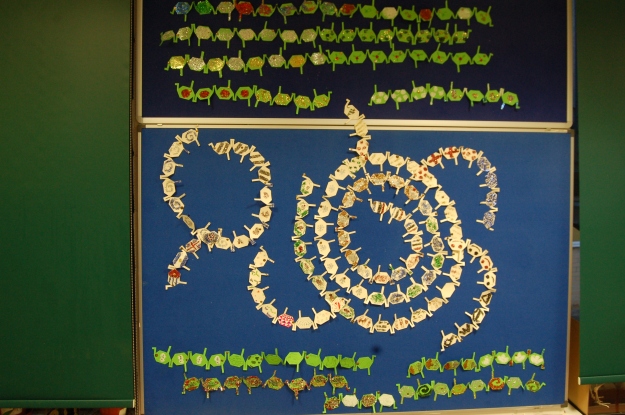I’m making this the last Burble of this Academic Year. It’s partly a feeling that inspiration is close to running on empty and partly sheer exhaustion. I need a break – as I’m sure you all do too.
I was going to just post some of my favourite pictures of recent work….
…like this spectacular mitosis slide found by a Year 12 student preparing a garlic root tip squash with Orcein stain… (and captured with the Celestron digital microscope imager)

… or this fabulous gel, just one from our best ever results with protein electrophoresis. I’m adding to our formidable supply of gel tanks, acquiring enough vertical versions so that we can run more appropriate protein gels with polyacrylamide, but the one on view here is a bog-standard horizontal agarose.

OK, I wasn’t too impressed with the forensic inquiry of the students – 4 lanes of chicken breast vs 4 lanes of chicken nugget – couldn’t they have included some other parts of the chicken for comparison?!?! – but look at the bands! Photographing with an i-phone or an i-pad also allows for instant fiddling with the picture, making it black and white and adjusting the contrast to make the bands clearer.
But today was Year 7 Baboon Day, my favourite day of the year.
The full details of this lesson with all the relevant resources can be found here:
So having already role played cuckoos and host birds and rats in Skinner boxes, they now get to role play baboons, whilst half a dozen students try to figure out what’s going on, collect molecular data by “darting” the baboons to get “blood samples” and so on.
All good fun and, as usual, they made splendidly realistic baboons. But the best features of a lesson can sometimes be the unexpected ones. The students cast as scientists had done a great job as field biologists, but were having particular difficulty determining the paternity of the baby baboons. The mothers and babies were fine – the DNA profiles were consistent with their field observations. But who had fathered the offspring?
I couldn’t understand the difficulty. Once you realise that all the bands from a baby must either match bands in the mother or father, so you have to account for all bands present, it’s just a simple logic problem. Isn’t it? But, no, they were baffled. What was the problem? Where was the mental block?
And then one of them had a flash of insight. Hang on, she said, are baboons different to humans? Can one father have several “wives”?
It was a brilliant moment, a lightbulb moment, one you want to capture and bottle and share with the world. They had been trying to match up mothers and fathers and offspring as discreet, family units. This hadn’t worked and they were getting frustrated and confused. Suddenly, with this new way of looking at the world, they could make sense of it all. They rapidly worked out that the alpha male was not only the father of 4 of the 6 offspring, but had (shock horror!) sired them with 4 different females.
This is quite sweet – such innocence! such well brought-up students! – but I love anything that startles students out of pre-conceived views of the universe. They had framed baboon society as being essentially the same as conventional, middle class, western human society, and subconsciously made certain assumptions. Which didn’t match the evidence. So something had to give.
Before they left for home, I asked them what they had learned in the lesson. The list was long – dominance hierarchies, stress hormones, grooming behaviour, DNA profiles and how to interpret them, baboon society, field biology, how to communicate without speaking….
And they hadn’t written a single thing down.
Have a great summer. I hope to be back in the autumn with more ideas to share.
mit








 …and I play them the
…and I play them the 




